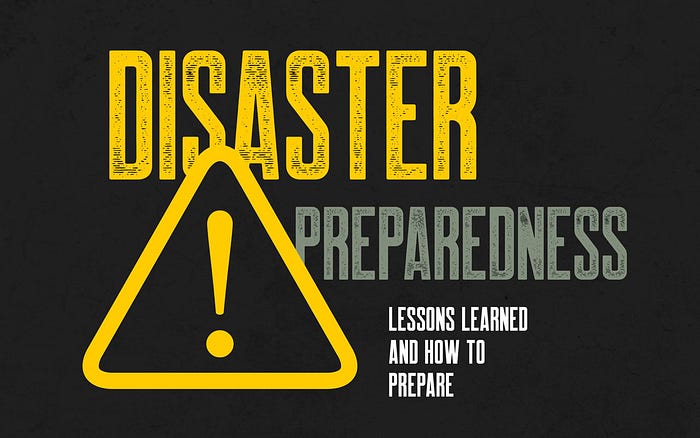Member-only story
2021 must be the year for preparedness

In the months and years to come, commissions and historians will investigate how the US experienced 25 percent of recorded worldwide COVID cases; but with only four percentage of world population, despite having world-leading scientists, the CDC and a health-care system which is among the most expensive in the world.
Beyond the rancorous political point scoring, the US administration was slow to react to the Coronavirus outbreak with an effective public outreach.
An early warning system which reached the right decision-makers would have likely aided efforts to mobilize PPE equipment, ventilators, identify and help mitigate the risk to vulnerable populations; adopt effective surveillance and tracing programs and ensure the correct scientific expertise was mobilized and its recommendations made widely available.
The implications of a slow response from the US administration was reflected in the chaos this spring across the country at the state, city and business level. Employees across the country were told to work from home, but many businesses did not have the correct IT infrastructure to support the transition; cities battled with decisions as to whether allow dining, sports games, and what defined an essential business. The list could go on.
Ultimately the impact of COVID-19 was mitigated by the heroic crisis response from health care workers, who braved catching the virus to treat sick patients, the supply chain workers who enabled food to reach grocery stores and now the rapid-speed and ingenious effort of our scientists to develop a vaccination which gives us reason to hope that 2021 will be better.
But amid this optimism and hope for a better year, lessons need to be learned and preparedness embedded into the federal government, state, cities and businesses. After all, looming over us is the specter of more significant climate-induced natural disasters, such as the wild fires earlier this year across the West Coast, storms in the South of the country and rising temperatures.
I intend to publish on these issues over the coming months, but here are some initial policy suggestions as we discuss our efforts of how to rebuild and better prepare and manage these risks.
- Early warning analysis needs to…
